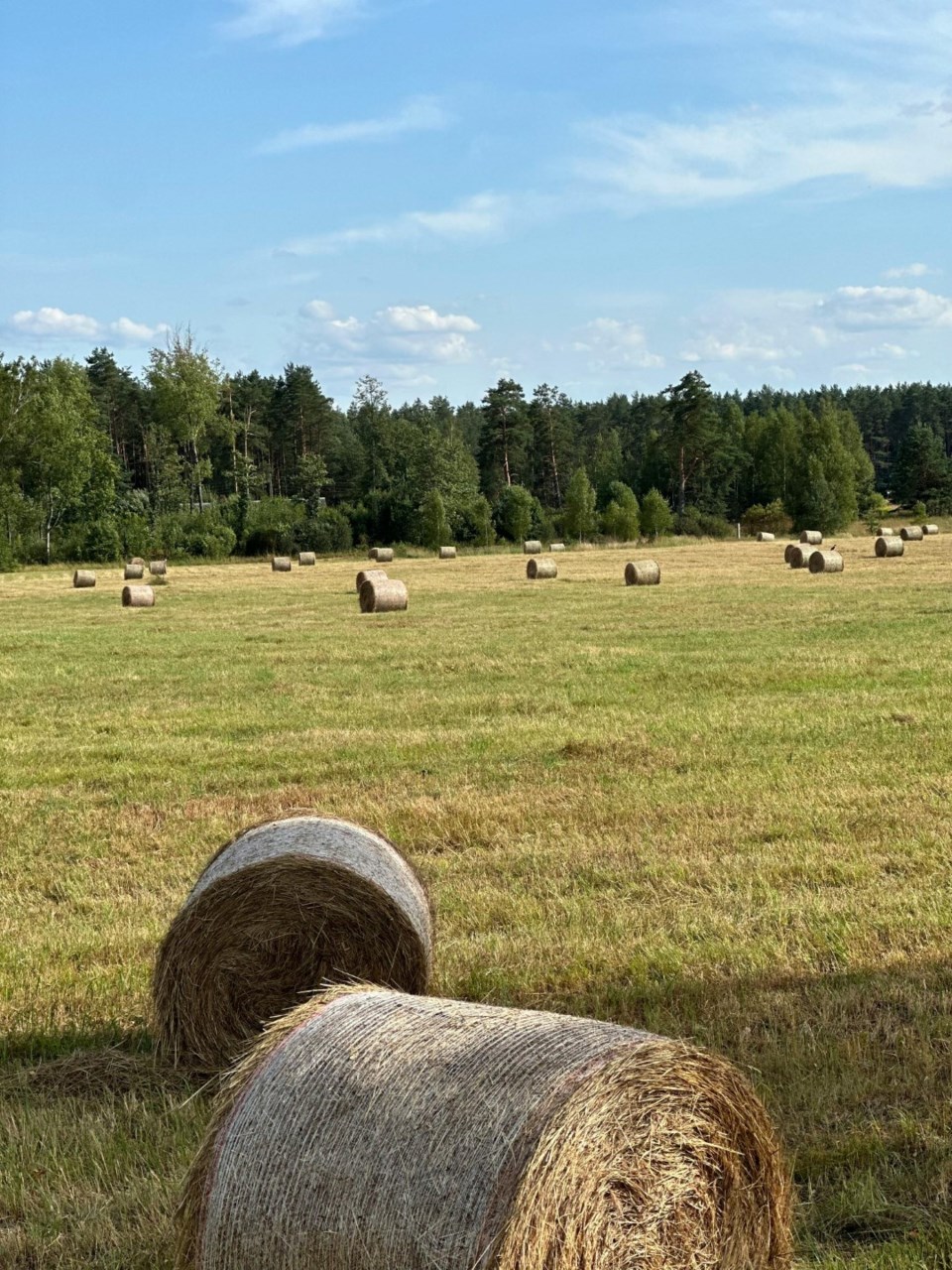ASSINIBOIA — Substantial harvest progress was made in the southwest region over the past week.
Currently, harvest is 73 per cent complete in the region which is up from the 44 per cent harvest completion reported last week. This is ahead of the five-year average of 56 per cent and the 10-year average of 52 per cent. As producers work on finishing harvest within the region, they are also busy baling straw, hauling bales and monitoring bins for heating. The risk of fire remains high within the region as the drier conditions persist.
Within the region winter cereal harvest is complete. Lentil and field pea harvest is wrapping up with 99 per cent of field peas and 98 per cent of lentils harvested. Harvest is 78 per cent complete for barley, 71 per cent complete for durum, 66 per cent for spring wheat, 63 per cent complete for oats, and canary seed sits at 49 per cent complete. Mustard is the furthest advanced at 79 per cent harvested for oilseed crops, followed by canola at 44 per cent and flax at 19 per cent harvested. Harvest percentages reported include per cent of crop harvested as feed. A full summary of individual crop harvest progress for all regions can be viewed in the attached harvest progress table.
Producers estimate varying crop yields throughout the region. Currently, hard red spring wheat is estimated to be 29 bushels per acre, durum is 31 bushels per acre, oats and barley are 43 bushels per acre, canola is estimated at 24 bushels per acre, fields peas are 28 bushels per acre and lentils are estimated at 1,205 pounds per acre. Quality, along with crop yield, has been significantly impacted in areas due to the lack of moisture and high temperatures experienced throughout the growing season.
Much of the region experienced limited moisture again this week. The highest rainfall recorded fell in the Richmound area at 12 mm. The Leader and Moose Jaw areas received 8 mm over the past week and the Maple Creek area received 7 mm.
Topsoil moisture continues to show large shortages within the region. Currently, cropland topsoil moisture is rated as eight per cent adequate, 41 per cent short and 51 per cent very short. Hayland is rated as two per cent adequate, 50 per cent short and 48 per cent very short. Pasture topsoil moisture is rated as one per cent adequate, 47 per cent short and 52 per cent very short. The region will need substantial rain following harvest to help replenish soil moisture conditions, assist with pasture growth and mitigate fire risk moving into the fall.
Crop damage over the past week was mainly due to wind. Grasshoppers continue to cause minor to severe damage in some areas within the region. Additionally, migratory birds continue to cause minor crop damage.
For more information about Â鶹ÊÓƵwestern Saskatchewan, explore the .




